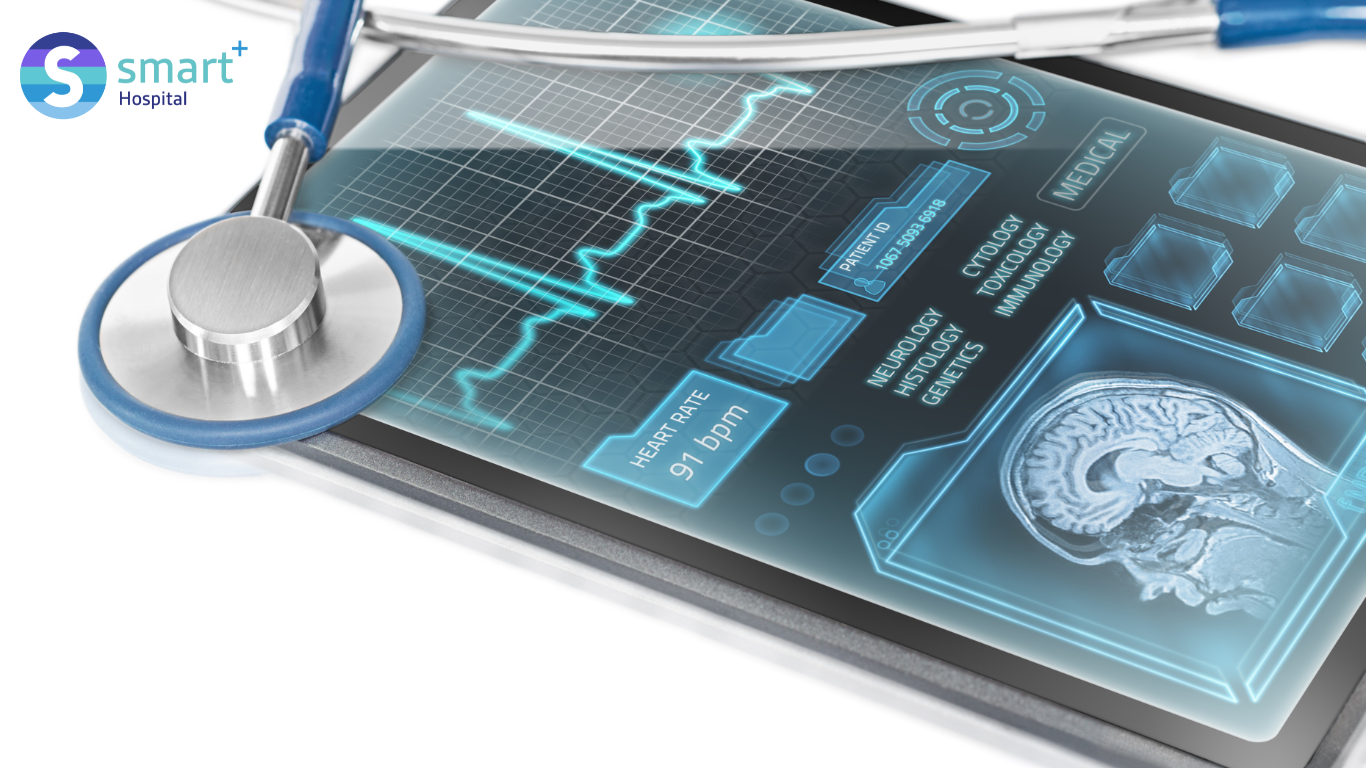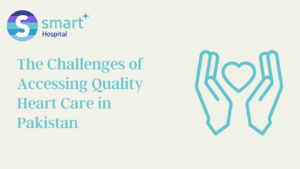The Future of Healthcare Technology
Waiting for appointments, GPs who are always busy and wasting full days when having to visit A&E. Being ill can be very stressful. What if our health service was more streamlined? This is one of the many realities we would welcome thanks to the advancements in upcoming healthcare technology.
Challenges like shortages of healthcare professionals or hospital rooms, and delays in urgent care could be a reality very soon. Healthcare innovations are stepping up to address these issues. Let’s explore the latest advancements that are redefining patient care.
2024: A Year of Milestones for Innovations in Healthcare
As science and technology advance, healthcare is evolving alongside them, with healthcare IT alone predicted to grow by 18.7% annually from 2024 to 2030. We’re moving to a new era of personalised treatment and cutting-edge disease management.
Top 10 Innovations in Healthcare Technology 2024
Check out the top 10 innovations in healthcare:
AI In Healthcare
Artificial intelligence has landed with a bang, making notable advancements in a plethora of industries, healthcare is no exception. From advanced imaging and AI-based pathology to precise genomic analysis, AI enhances disease detection and personalises treatments.
What if we told you there was a way you could predict a disease even before it occurred? It’s true! With advanced algorithms, machine learning and predictive analytics; analysing vast amounts of data to identify patterns forecasting outbreaks and patient deterioration.
This is just the tip of the iceberg! AI is also making its way into cardiology, dermatology, endoscopy and more. Who knows what else is in store over the coming years?
Telemedicine
Believe it or not, the COVID-19 pandemic turned out to be a blessing in disguise for healthcare innovations. Quarantine? Social distancing? Working from home? No problem! With telemedicine, virtual hospitals and wearable devices; healthcare providers can use digital tools like phone or video calls to diagnose, monitor, and communicate without requiring in-person visits.
This means they can assess vital signs, spot irregularities, and access real-time health data, all of which significantly enhance patient care. What’s more, wearable devices are even being used to influence nerve activity for conditions like chronic pain and inflammation.
Virtual Assistants
Virtual assistants and chatbots have also emerged as by-products of the pandemic. They provide a channel for medical professionals to access information on treatments and medications while also educating patients about their conditions so they can make informed health decisions. This is especially beneficial for patients who live alone and don’t have a carer to accompany them to the hospital.
But that’s not all—these digital tools can also operate as electronic record systems to schedule appointments, making healthcare more accessible, efficient, and user-friendly.
3D Printing in Medicine
If you thought X-rays were a groundbreaking invention, just wait until you learn about 3D printing! Using affordable materials like plastic and rubber, 3D printing can create everything from prosthetics and organs to visual surgical models. It’s a game-changer for iterative testing, improving surgical precision, reducing risks, and enhancing treatment effectiveness.
This cutting-edge technology also improves medical education by helping students and practitioners better understand anatomy and practise surgical techniques.
Nanomedicine
Gone are the days when treating one medical issue led to new complications. Thanks to nanomedicine, now we can deliver drugs straight to the affected cells, minimising side effects and boosting treatment effectiveness. Plus, nanosensors can detect diseases at their earliest stages, allowing for precise health monitoring.
Digital Twins
Remember those sci-fi movies about clones? Well, it’s kind of possible now, but don’t worry—they’re here for good reasons. Digital twins are virtual replicas of the human body and organs. Imagine having another version of yourself made from real-time data collected from your health records and wearable sensors. Your digital twin undergoes medical tests and treatments to find the best options for you.
Digital twins allow health professionals to tailor treatment plans, optimise outcomes, and anticipate complications. It also speeds up the development of new therapies, drugs, and devices with advanced simulations, reducing the need for traditional experiments.
Telepsychiatry
Let’s not overlook the crucial role of mental health in the healthcare industry. With lingering stigma, not everyone feels comfortable seeking help in person. Introducing telepsychiatry: by leveraging secure digital tools and telehealth platforms, patients can now access assessments, diagnoses, therapy and follow-up consultations remotely. This innovation makes mental health services more accessible and less intimidating.
Regenerative medicine
Next on the list of healthcare technology is regenerative medicine; an innovative approach to fighting diseases by targeting harmful cells at their source. It focuses on rejuvenating or replacing damaged tissues and organs through cutting-edge techniques like stem cell therapy, tissue engineering, and gene editing. Paving the way for more effective healing and regeneration.
Blockchain
Many of these technologies require handling large amounts of data which means more risks of breaches, thus blockchain technology is essential for the secure and transparent management of healthcare information.
Using decentralised ledgers, cryptographic encryption, and consensus mechanisms, blockchain reduces the risk of breach and ensures that patient records and clinical trial results are managed safely.
Smart Hospital
Imagine a place where all these innovations come together: medical IoT sensors monitoring patient vitals, AI predictive analytics, and robotics improving surgery and much more. This is what Smart Hospital aims to offer—elevating patient outcomes and making healthcare technology smarter and more efficient.
We’ve barely scratched the surface with this list of innovations in healthcare technology—many of the most exciting changes are still on the horizon! Who knows what’s in store next?



